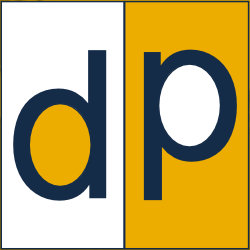Maximizing Profitability, Design Aesthetics, and Product Innovation
Product Sales are important
But Product Profit is the real business objective
Consumers demand innovative products, in a wide spectrum of varieties, and at an ever-increasing rate. The requirement to constantly enhance your ability to “give the people what they want” has never been more important.
At the same time every business wants more profit. One of the key approaches to improving both time-to-market and profitability is to adopt new design and production processes. Streamlining your efforts is a proven way to reduce manufacturing cycle times and costs.
For boat hulls, materials and labor costs typically consume 50% to 60% of the product MSRP. Any savings in this area become profit. Transitioning to digital patterning is a proven way to cut material usage and labor costs in half.
Process changes help improve profitability
But change can also create challenges
Lower profitability is the typical result when businesses rely on the status quo and begin to lag behind competitors. Organizations resist change for a great number of reasons. Implementation costs, learning curve concerns, and fear of making the wrong change almost always appear at the top of the list. But for soft goods manufacturers looking to gain a competitive edge with shorter time to market, increased customization and highest profitability, those concerns have been addressed.
The Transition to Digital Patterning provides the answer
Delivering a practical and proven approach to increased profitability
By transitioning to digital patterning, manufacturers close the automation gaps between design and production. This provides a risk-free path to profit improvement. To ensure the best results, business owners tend to follow established guidelines when planning and executing the transition:
Newer digital patterning solution like ExactFlat include quick start features like direct access to the 3D CACD models. These capabilities eliminate the implementation challenges associated with legacy flattening software and/or patterning processes.
Step 1. Define the required process change areas and software needs.
Where are the biggest bottlenecks, and rework or waste areas? What are the integration requirements to continue to leverage previous software and equipment investments?
Step 2. Invest in the right business model.
Can the partner you are evaluating ensure industry-leading pricing versus functionality? Do they offer ways to defer up- front costs (ex. low or 0% financing)? What are the trade-off options between upfront and recurring costs models?
The move to more costly, high performance materials like carbon fiber adds additional pressures on profitability. Implementation of digital patterning software can help your business reduce this issue and maintain innovation.
Step 3. Work with experts to help streamline the implementation
The current generation of digital patterning tools like ExactFlat require nominal training time and cost (as little at 1 day and $1,000). With most legacy solutions, you may need to spend that much just to have a salesperson help you figure out what services to buy.
Step 4. Validate the process automation ROI early and often
The advantage of the transition to digital patterning is that Return on Investment is easy to calculate. Break even is often reached after the first project and true savings continue with every subsequent design.
Is it time to consider Digital Patterning?
Digital patterning software closes the automation gap between design and production. Streamlining these processes helps improve profitability and competitiveness. For nearly a decade, the team at ExactFlat have used their expertise to help soft goods manufacturers evaluate, select, and implement these solutions. Why not click on the link below to schedule a meeting and learn how ExactFlat can help you achieve your profitability improvement goals.










